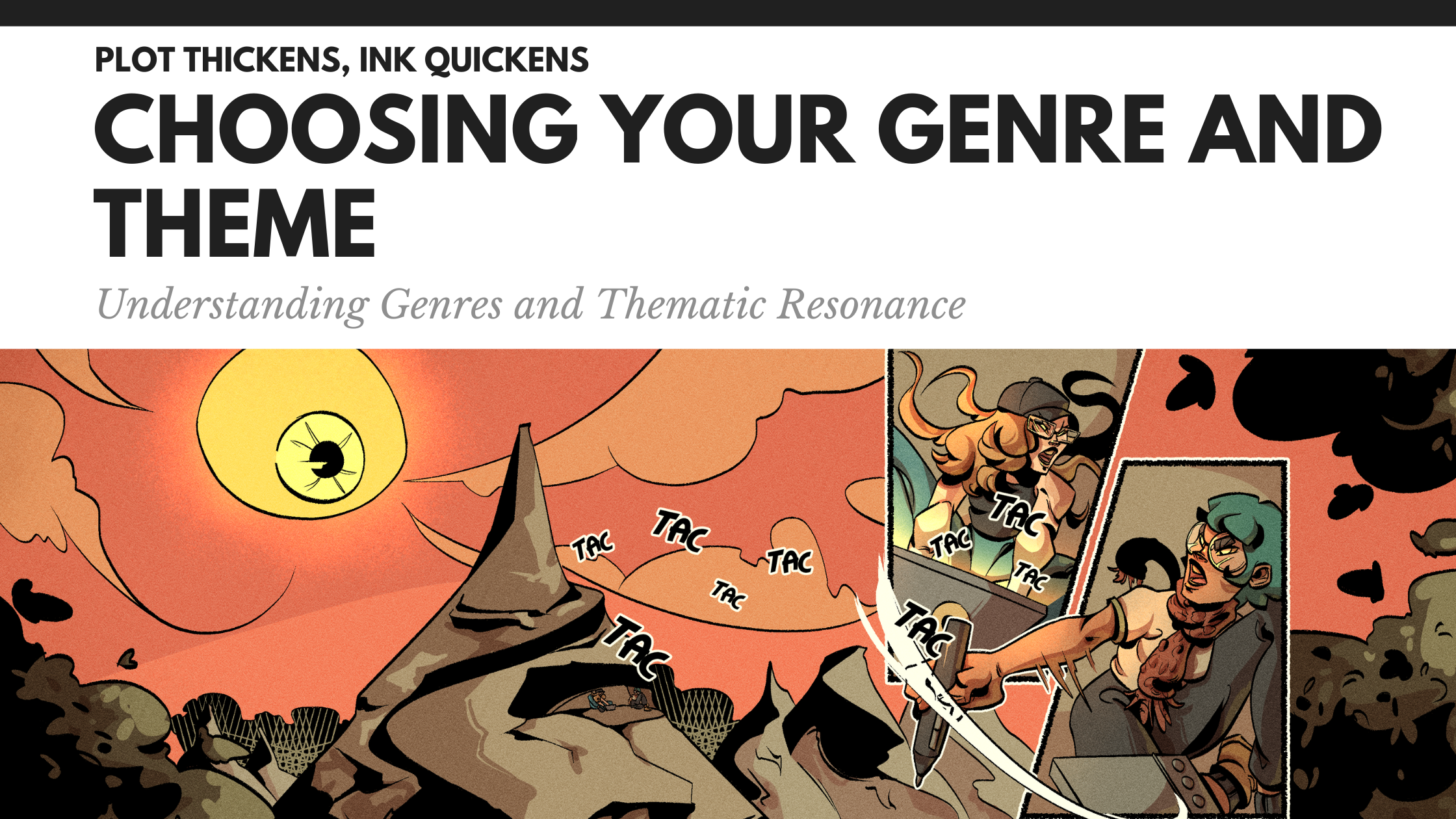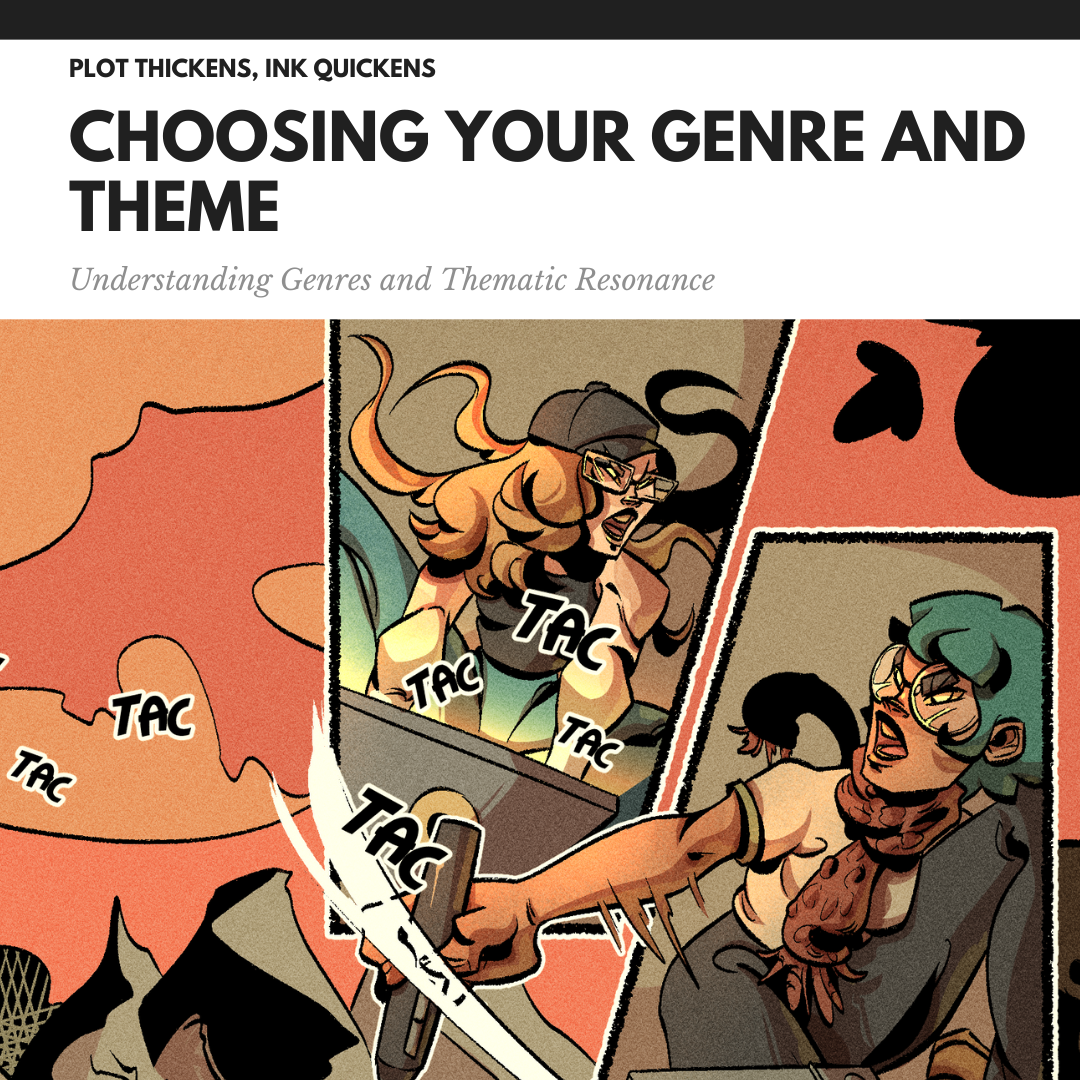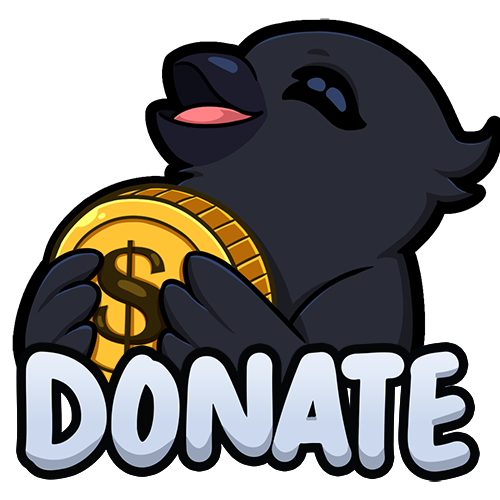
Understanding Genres and Thematic Resonance
When embarking on a creative project, whether it’s a novel or a comic book, one of the first decisions you’ll make is identifying the genre and themes of your story. These two elements are essential in shaping your work, resonating with your audience, and providing a roadmap for your narrative choices. Understanding genre and theme—and how they interact—can elevate your storytelling and help you connect with readers on a deeper level.
What is Genre?
Genre is a categorization of storytelling that defines the type of narrative your audience can expect. It’s the umbrella under which your story falls, encompassing its tone, style, setting, and expectations. Common genres include science fiction, fantasy, romance, horror, mystery, and more, but subgenres like cyberpunk, gothic romance, and historical mystery allow for even more specificity.
Why Choosing a Genre Matters
- Audience Expectations: Readers often gravitate toward genres they enjoy. By selecting a genre, you align your story with audience expectations. For instance, fans of fantasy expect magical elements, while romance readers look for a central love story.
- Guiding Your Story: Genre acts as a framework. A mystery novel, for example, demands clues, red herrings, and a satisfying resolution, while a horror story emphasizes suspense, fear, and often a confrontation with the unknown.
- Marketing and Discoverability: Books and comics are often categorized by genre in bookstores, libraries, and online platforms. Choosing the right genre makes it easier for readers to find your work.
How to Choose Your Genre
Choosing your genre depends on the story you want to tell and the tone you aim to set. Here are some steps to consider:
- Identify Your Favorite Stories: Reflect on the books, comics, movies, and shows you love. What genres dominate your preferences? If you enjoy writing what you love to read or watch, you’ll bring genuine passion to your storytelling.
- Consider Your Story’s Core Elements: Does your story feature advanced technology and exploration of the unknown? It might be science fiction. Does it focus on the struggles of love and relationships? Then romance could be your choice.
- Think About Your Audience: Who are you writing for? Young adult readers, for example, often gravitate toward genres like fantasy, dystopian fiction, or contemporary romance.
What is Theme?
While genre provides the surface-level structure, theme delves deeper into the story’s heart. A theme is the central idea or underlying message your story communicates. It answers questions like, What is this story really about? or What does it say about life, society, or humanity?
Examples of Themes
- Good vs. Evil: Explored in classics like The Lord of the Rings, this theme examines moral struggles and the triumph of righteousness.
- The Power of Love: Central to many romance stories, such as Pride and Prejudice, this theme explores love’s transformative power.
- Humanity vs. Technology: A common theme in science fiction, seen in works like Blade Runner, it questions the role and consequences of technological advancement.
Why Choosing a Theme Matters
- Adds Depth: A strong theme enriches your story, giving it layers of meaning and significance beyond the surface-level plot.
- Resonates with Readers: Themes help readers connect emotionally with your story. A well-explored theme can linger in a reader’s mind long after they’ve finished your work.
- Guides Your Narrative: A clear theme can shape characters, conflicts, and resolutions, keeping your story focused and cohesive.
Genre and Theme: Working Together
While genre sets the rules for your story’s world, theme provides its soul. Combining the two effectively creates a compelling and meaningful narrative. Let’s look at some examples:
- Fantasy with a Theme of Redemption: In Mistborn by Brandon Sanderson, the fantasy genre provides the magical world, while the theme of redemption drives character arcs and resolutions.
- Horror with a Theme of Isolation: The Shining by Stephen King uses the horror genre to amplify the theme of psychological and physical isolation.
- Science Fiction with a Theme of Identity: Ex Machina explores artificial intelligence in a science fiction setting while delving into themes of self-awareness and identity.
How to Identify the Right Theme for Your Story
- Ask Questions: What is your story about at its core? Is it about overcoming fear, the bonds of family, or the cost of ambition? Write down what resonates most with you.
- Look at Your Characters: What struggles or challenges do they face? Often, the main characters’ arcs align closely with your story’s theme.
- Reflect on Personal Beliefs: Themes can stem from your worldview, experiences, or philosophies. If you’re passionate about an issue, it’s likely to resonate with your audience as well.
Practical Steps for Choosing Genre and Theme
Step 1: Brainstorm
Take time to list potential genres and themes for your story. Write down the ideas that excite you the most and see if they naturally pair. For example:
- Genre: Science Fiction
- Theme: The ethics of survival
Step 2: Test Combinations
Play with different pairings to see what feels right. A romance set in a dystopian world could explore themes of resilience and hope. A fantasy epic might focus on loyalty and betrayal.
Step 3: Define Genre and Theme Early
As you outline your story, define your primary genre and theme early on. This clarity will guide your storytelling choices, from character development to plot structure.
Avoiding Genre and Theme Pitfalls
Pitfall 1: Mixing Too Many Genres
While genre-blending can lead to unique stories, attempting to incorporate too many genres can make your story unfocused and confusing. Stick to one primary genre and perhaps one or two subgenres.
Pitfall 2: Choosing a Theme That Doesn’t Fit
Your theme should feel natural to the story you’re telling. For instance, a comedy with a heavy theme like existential dread might feel jarring unless you strike the right balance.
Pitfall 3: Overlooking Your Audience
If you write without considering your audience, your story might not resonate. Understand what your target readers expect from your chosen genre and theme.
Exercise: Apply Genre and Theme to Your Comic or Novel
To put these ideas into practice, take some time to think about the primary genre and a central theme for your current project. Here’s a quick exercise:
- Write down the premise of your story in one sentence.
Example: A group of intergalactic outlaws fights to protect a lost Earth ship from a powerful corporation. - Identify your primary genre.
Example: Science Fiction - Choose one central theme.
Example: Found family and loyalty - Ask yourself how the theme influences the characters and plot.
Example: How do the outlaws learn to trust one another despite their pasts? How does their bond shape their decisions in the face of danger?
Genre and Theme in Action: Real-Life Examples
Novels
- Genre: Romance
Theme: The healing power of love
Example: The Fault in Our Stars by John Green combines the romance genre with a theme of love’s redemptive quality amidst suffering. - Genre: Fantasy
Theme: The cost of power
Example: The Name of the Wind by Patrick Rothfuss uses its fantasy setting to explore how ambition and power affect the protagonist.
Comics
- Genre: Superhero
Theme: Responsibility
Example: Spider-Man exemplifies this with Peter Parker’s mantra: “With great power comes great responsibility.” - Genre: Horror
Theme: Facing inner demons
Example: Hellboy by Mike Mignola uses supernatural horror to explore identity and the struggle to define oneself against expectations.
Your Homework
Take a moment to reflect on your own project. Write down the following:
- What is your comic’s or novel’s primary genre?
- What is one major theme you’d like to explore?
Example:
- Genre: Space Western
- Theme: Freedom vs. Authority
Once you’ve identified your genre and theme, brainstorm how they intersect. Consider how your chosen theme shapes the tone, characters, and narrative direction of your story.
Final Thoughts
Choosing the right genre and theme is a crucial step in storytelling. It allows you to create a cohesive narrative, resonate with readers, and remain focused on your creative goals. By understanding genres and exploring thematic resonance, you can craft stories that entertain, inspire, and leave a lasting impact.
Take the time to explore your options, test ideas, and align your choices with your creative vision. Your genre and theme are the foundation of your story—choose wisely, and the rest will follow.

